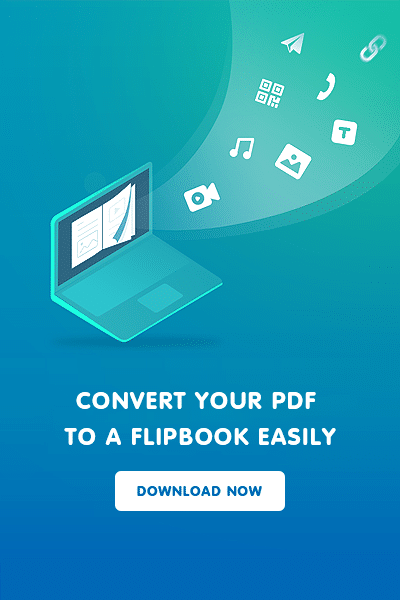Sometimes the best told stories in our digital age are the ones told with images and sound. Some video enthusiasts may argue that most are, if not all. While at Flipbuilder, we are strong believers in the power of the written word, we also see the value of both adding images to written content and sharing content online that is completely driven by image and sound. Flip books make it easy to quickly build an image stack and add audio. The challenges come in two parts. First creating a visual representation of the story you want to tell, then properly adding the audio at times when it enhances the tale. There are ?different kinds of stories that can be told. In the business community our choices range from case studies to lessons in product uses. From how to documents to event promotions. Anything where images will enhance the possibility of understanding or create excitement. In our personal lives, images can tell the story better than any letter or phone call. From weddings to graduations and other momentous occasions you can let your friends and family share in any experience they missed or relive it again. So what is the recipe for a great tale of imagery and audio? Here are four steps to creating an amazing visual flipbook.
- Start with great images. No picture in your book should be anything less than spectacular.Do not just get a shot of ? ?your product, get one of a customer using it to satisfaction. Do not just share a snap of your wedding party, use the one that shows the most emotion; that goofy one perhaps. Each picture should tell a story all of its own.
- Place your audio in the appropriate places. Do not over power your images with rants and rambles. Make sure you are simply enhancing the experience with comments or details that the picture cannot capture alone. Sometimes it is just a sentence, sometimes it is some moment shared. Be sure it is relevant and interesting.
- Make the star of your flipbook the product or event. Do not muddy up your purpose with images that are not directly related to your book. If you are focused on a particular product, don’t tie in a different product line. If you are sharing the story of your child’s kindergarten graduation, it is not the time to showcase another event. Focus is the key to great storytelling.
- Make it easy to find and access. Use tagging and upload it to a dropbox or our online service. If you want people to see it, make it so they can find it in a click.
That is the start of making a great visual flip book. What else would you add to my tips?

